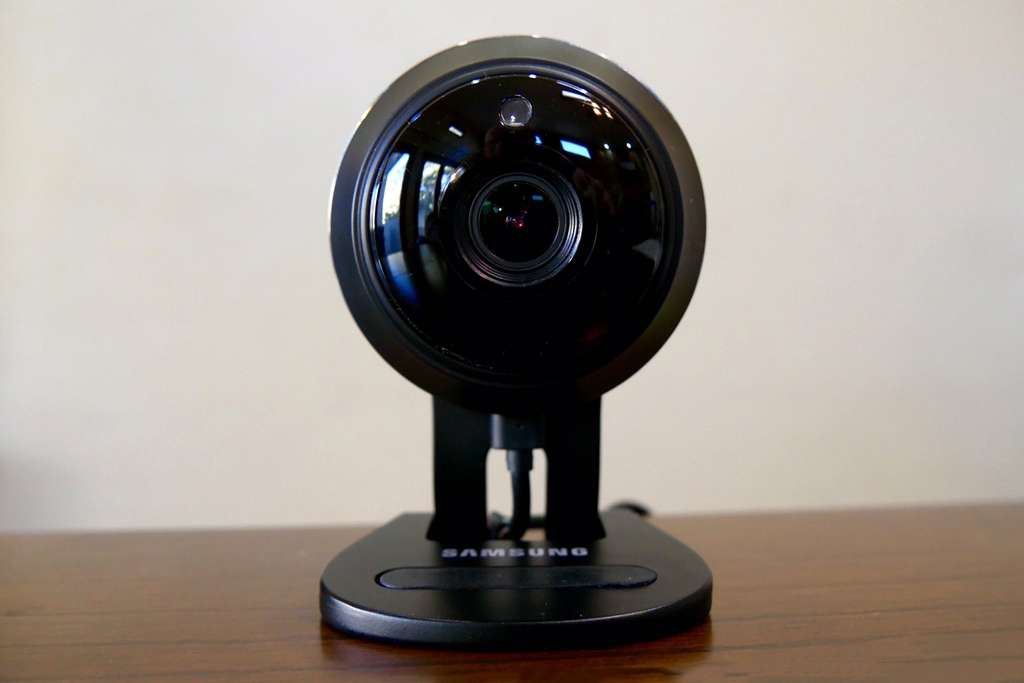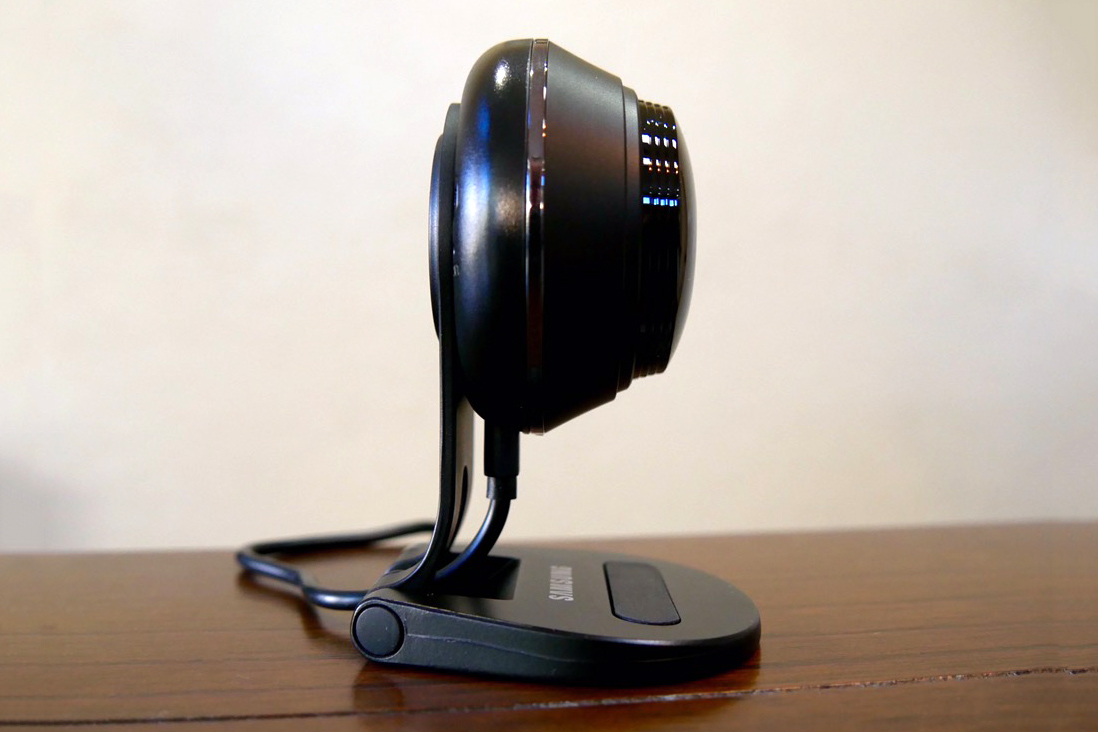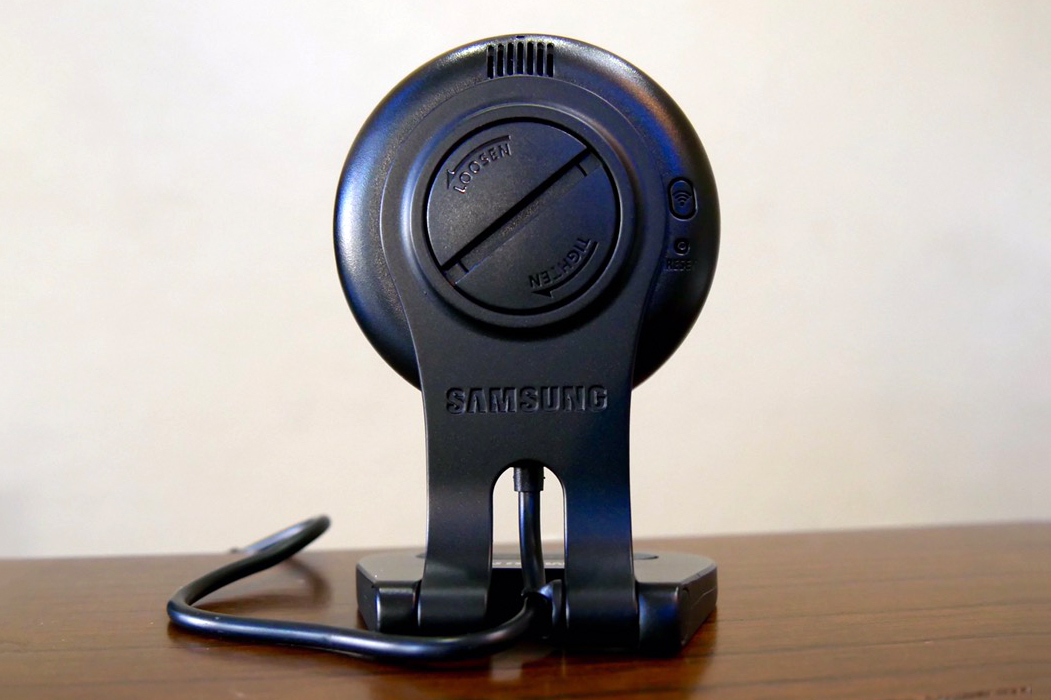It comes with a 16GBSD card, and unlike Nest Cam you can store footage directly onto your camera, which you can review from your phone. This means you can do what you want with your footage, and you don’t have to pay for a cloud service like you do with Nest Cam. However, the option to subscribe to a paid cloud service is there (Samsung SmartCloud) if you want to store your videos out of hand’s reach. Setup does not require a smart hub, and the only wire connected to the Smartcam is its 8-foot power cord.
You can set up the HD Plus to continuously record to its SD card, or to only record when motion or audio is detected. You can also set the camera to record over older footage in its SD card when it runs out of storage. Unlike the Nest Cam, there is no option to record footage to online storage or a cloud service, so if your device is discovered it can be tampered with. However, you can set up the camera to automatically upload photos to Google Plus or Picasa.
There is a lot of room for improvement on the Smartcam app. Feature rich, but very clunky to use, it lacks the streamlined look and feel of the Nest Cam app. In Samsung’s app, you can set motion zones, two-way talk between your phone and your camera, play music, watch recorded video, and more. Connectivity is sufficient, but sometimes the camera will go offline, and the only solution I’ve found to correct this is to manually unplug the camera and plug it back in.
Overall, the HD Plus is an improved version of Samsung’s line of wireless Smartcams. I welcome the improved video, night vision, and motion detection, and I love the discreet design that allows you to hide the camera well. The ability to save your footage on an SD card means you don’t have to commit to a monthly fee. The HD Plus can be picked up for $139, only two-thirds the cost of the Nest Cam. Both the HD Plus and Nest Cam are strong contenders for home security.







